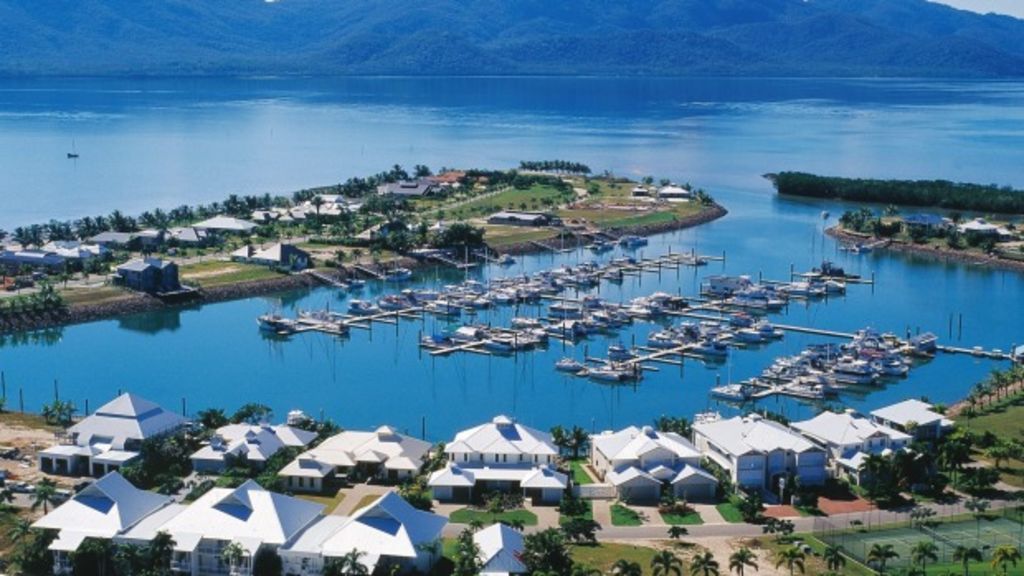
ANZ says fading AAA allure could send $A towards US50¢
Mark Mulligan
The Australian dollar remains overvalued, and could head towards US50¢ as it loses its de facto safe-haven status, according to research from ANZ Banking.
Foreign exchange strategist Daniel Been says despite a gradual 35 per cent decline against the US dollar in the last five years, the Aussie is still trading higher than fundamentals would normally allow.
On Wednesday morning it was buying US71.90¢, up from overnight lows of US71.45¢.
Been ascribes the currency’s relative strength partly to the hype around Triple A credit ratings in a world sapped of confidence by the ravages of the global financial crisis.
Australia is one of a handful of economies to have maintained this sovereign thumbs-up from the three main credit rating agencies throughout the upheaval of the last decade.
In a normal world, argues Been, the currency of any country with a current account and fiscal deficit, mounting household and government debt and heavy exposure to boom-and-bust industries such as mining would not be faring as well.
“Over the past five years sovereign ratings have become a larger focus for currency markets,” Been wrote this week.
“This change has driven a shift in perceptions about the safety of the Australian dollar as a haven currency, where the quality of the sovereign – rather than the broader economic construct – came into focus.
“Our view is that a currency that has a positive current account position, a lower external financial burden, less cyclicality, and a lower total debt burden should be considered a more appropriate safe haven than one which simply has a AAA rating attached to its government debt,” he said.
He says that this economic substance will trump the safe-haven image to “ultimately determine the final path of the Australian dollar through the end of this cycle”.
‘Country to avoid’
Nor is Been alone in his view. London-based fixed-income specialist Stratton Street recently placed Australia in a list of mainly emerging market countries whose reliance on foreign finance was making them particularly vulnerable.
The rogues gallery also includes Poland, Indonesia, New Zealand, Turkey, Brazil, Romania, Ukraine, South Africa and Hungary.
“Perhaps Australia remains one of the more interesting cases as it still rated AAA by all three major rating agencies,” chief investment officer Andy Seaman wrote.
Despite this, Australia’s net foreign liabilities to GDP ratio of 81.5 per cent made it “a country to avoid”, he said.
“It runs twin deficits, and since 2009 Australia’s debt to GDP has risen faster than any of the other AAA sovereign credits,” he wrote.
“That said, gross government debt to GDP at 34.5 per cent remains below the median for AAA at 42.8 per cent and is one factor giving the ratings agencies comfort.”
Just where the Australian dollar heads from now, however, depends just as much on market volatility and the next move by the US Federal Reserve.
Most economists agree that as the US lifts interest rates, and the Reserve Bank of Australia continues to cut them, the appeal of Australian government bonds and other assets will fade, pushing down the Aussie.
ANZ’s Been says this could “take us back towards levels not seen since the last episode of extreme Aussie weakness in 2000-01”, when the local currency slipped below US50¢.
Get a weekly roundup of the latest news from Commercial Real Estate, delivered straight to your inbox!






